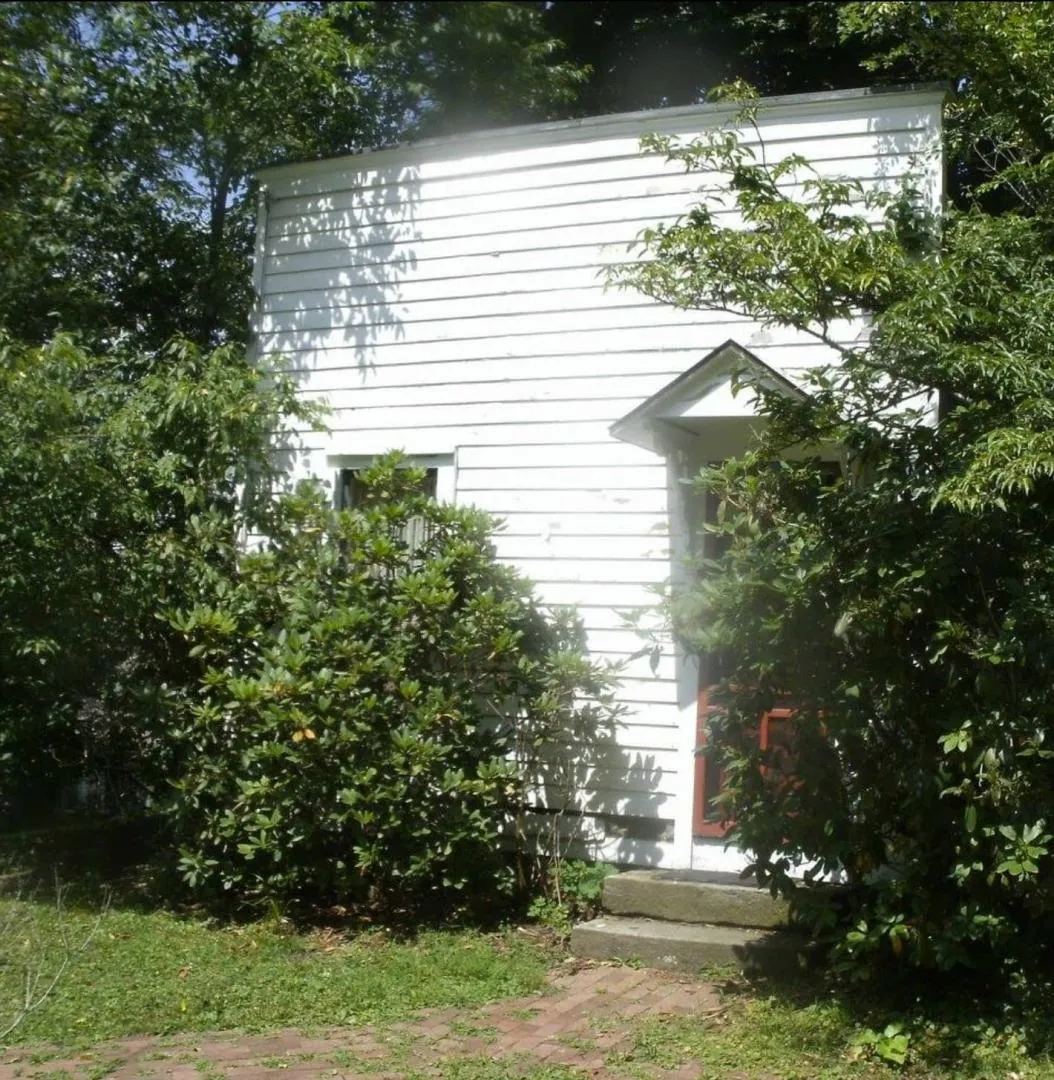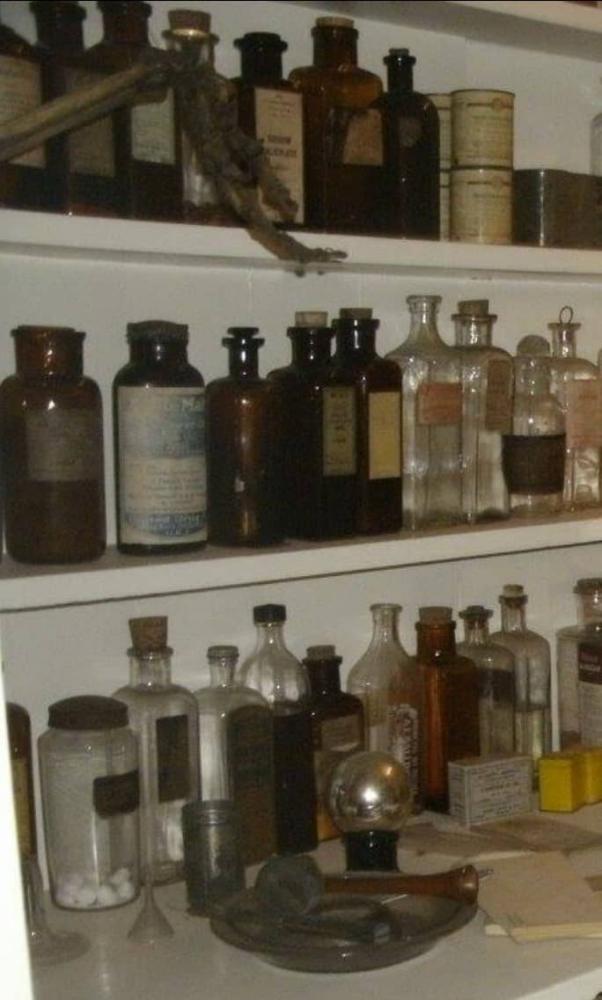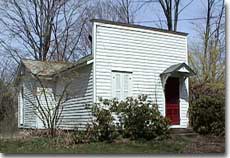
Meadville, PA 16335
Open Thursday to Sunday, 11 am - 4 pm
Dr. Mosier (1855-1938) was born in Crawford County and studied at the University of Maryland. As a physician, he performed all of the usual duties of an early 20th-century general practitioner. The rural general practitioner is becoming increasingly unusual as the complexity of medicine continues to grow. The doctor's office is therefore an educational and unusually complete example of how early medical practice was conducted.
The extraordinary, intact rural practitioner's office was moved to the museum grounds in 1976 from its original site at Little's Corners, a rural crossroads 10 miles north of Meadville. Dr. J. Russell Mosier practiced in this office, located next to his home, until he died in 1938. After his passing, the family left it undisturbed for 38 years. Mail was unopened on the day he was taken ill, and it remained so.
The primary significance of this property is its fine collection of medical paraphernalia. However, the building has been moved. Its contents have been preserved intact. The building's significance has not been seriously affected by its relocation.
The office building is a small, wooden-framed building covered with clapboard. It appears to have a false facade fronting its gabled roof. In the typical late 19th-century style, a hood supported by brackets extends over the entrances. Both the hood and bracket are carved with simple designs.The office was built around 1890 and has remained substantially unchanged since its construction. The interior consists of three rooms, all of which are in the same condition as they were in 1938. The waiting room is completely furnished, featuring chairs, pictures, old maps, contemporary calendars, and popular magazines.
The examination room, where operations were performed, similarly contains turn-of-the-century furnishings, equipment, and textbooks. The examination table is fascinating, since it is an adjustable and versatile combination of table and chair.
It reflects the necessary practicality of the country doctor. The pharmacy room houses a large number of drugs, including liquids and powders, in their original containers. Other items augmenting the early 20th-century character of the room include a mortar and pestle, a hand-cranked telephone, scales, and old medical tests. A projecting cross-gable entrance at the rear of the building served as a secondary entrance, likely leading to the pharmacy.Dr. Mosier's office was moved approximately 7 miles to a site on the grounds of the Baldwin-Reynolds estate (a National Register property). The land on which the office was initially situated was sold in September 1975, and it became necessary to relocate the office to preserve it.
The new location on a wooded knoll preserves the rural setting of the original location without interfering with the expansive lawn and gardens of the Baldwin-Reynolds estate. The new setting also provides for increased public access as well as curatorial service and police protection.
The office of Dr. J. Russell Mosier is a representative and accurate portrayal of the typical facilities used by a rural physician fifty years ago. It is a medical museum of historical importance for the area. Its authenticity and integrity are undeniable, since it was deliberately left intact at the end of the doctor's practice in 1938.







